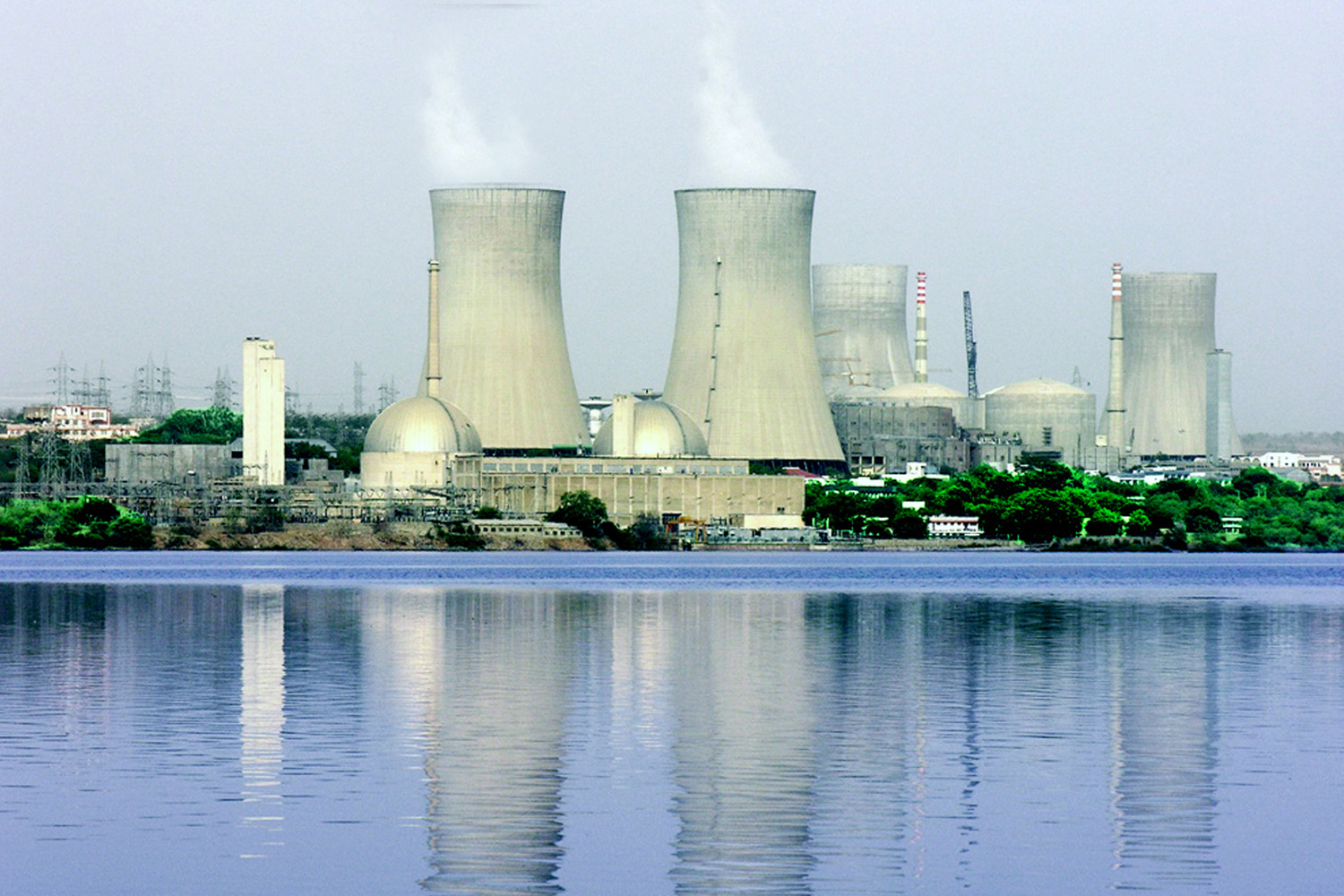NPCIL, is in the process of striking technical collaboration deals with France, Russia and USA to set up new LWR types nuclear power reactors. In November 2016, Prime Minister Shri Narendra Modi and Japan's Prime Minister Shinzo Abe in Tokyo decided to collaborate in nuclear power field besides many other areas. During the meeting, a pact was signed with Japan for the supply of technology, fuel and equipment for the peaceful purpose of nuclear power generation.
While, uranium supply deal struck with Australia will give a fillip to country’s nuclear programme, discussions are underway with companies to build six nuclear power reactors each at Chhaya Mithi Virdi in Gujarat, six EPR nuclear power reactors at Jaitapur in Maharashtra with French collaboration and six reactors at Kovvada Andhra Pradesh, of 1000 MW and higher capacities (per reactor). Even more,
Also, there are four indigenous PHWR units, each of 700 MW under construction – two at Kakrapar in Gujarat and two at Rawatbhata in Rajasthan. This amounts to another capacity addition of 2800 MW. In addition to this, more PHWR reactors, each of 700 MW, are currently planned in the country. These are for Gorakhpur in Haryana, Chutka in Madhya Pradesh, Mahi Banswara in Rajasthan, Bhimpur in Madhya Pradesh and Kaiga in Karnataka.
From an environmental perspective, nuclear energy stands out. Free from belching smokestacks or polluting gases, nuclear power production releases nothing into the atmosphere - no carbon dioxide, no sulfur, no mercury.

Currently, 21 commercial nuclear power reactor units are under operation in the country. Of 21, 18 are Pressurised Heavy Water Reactors (PHWRs), two are Boiling Water Reactors (BWRs) and one is VVER-type Pressurised Water Reactor (PWR) belonging to the Light Water Reactor (LWR) category.
Tuesday, May 2, 2017




Comments
nff
Tue, 05/02/2017 - 11:29
Permalink
nuclear power
nuclear power
nff
Tue, 05/02/2017 - 11:30
Permalink
nuclear power
nuclear power